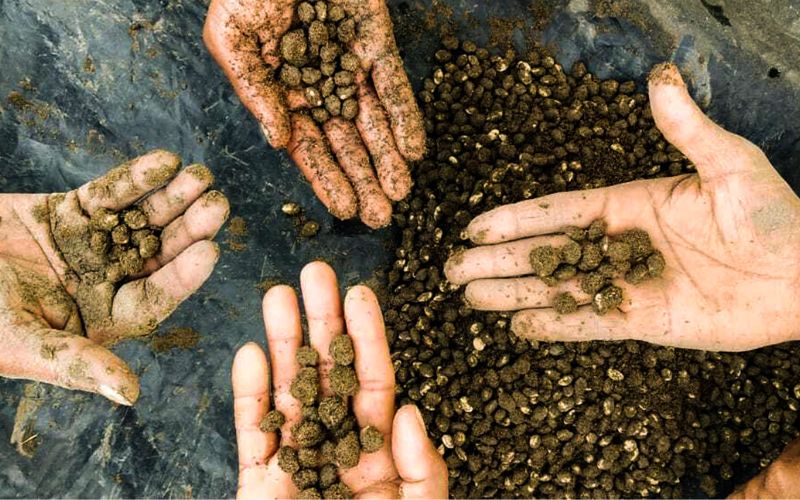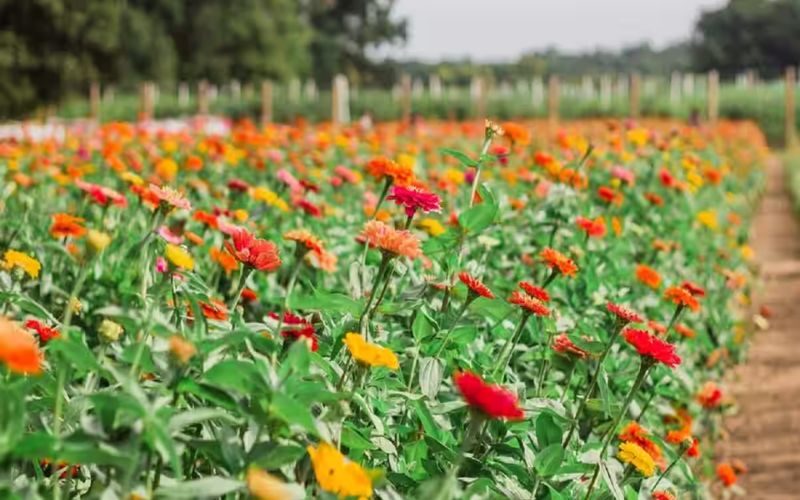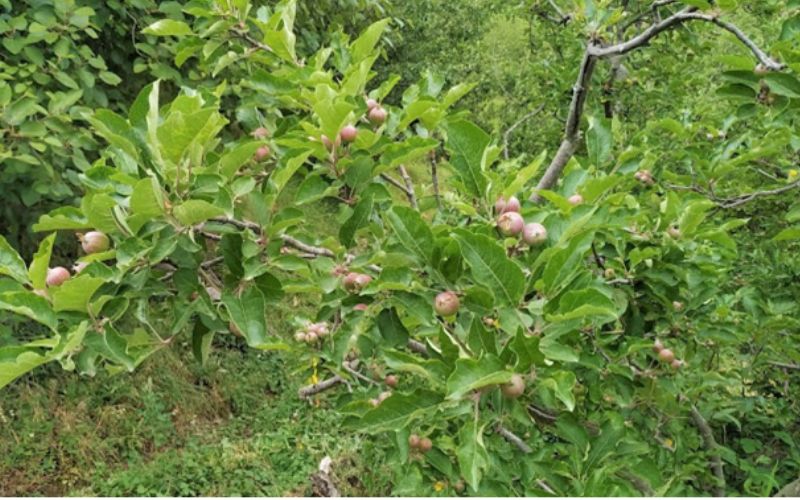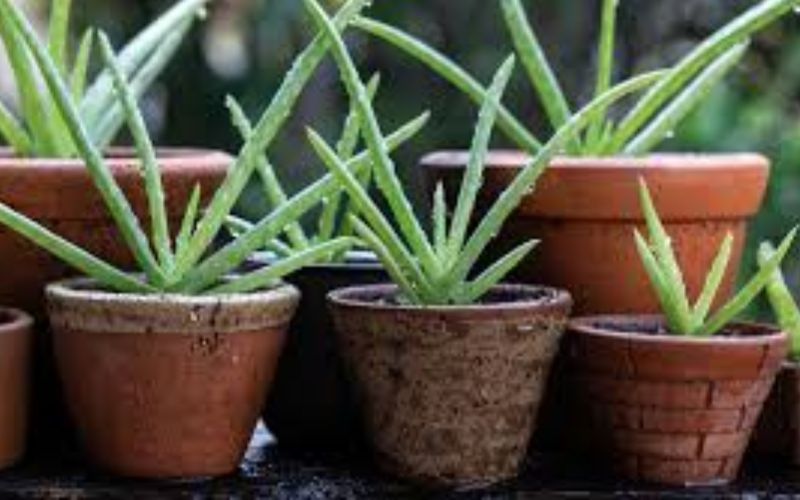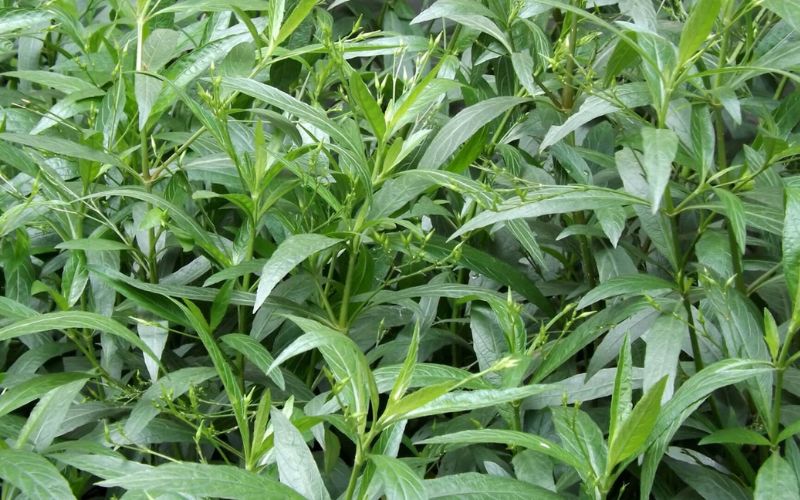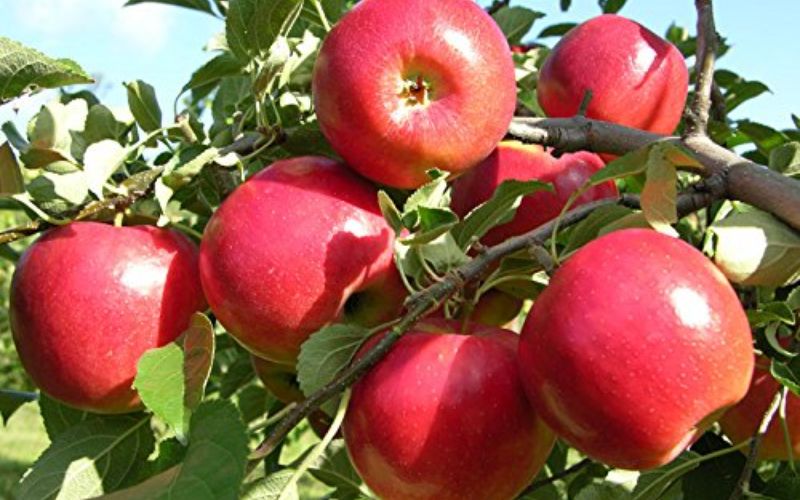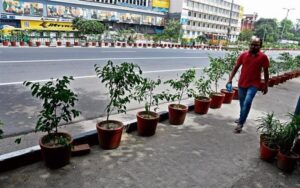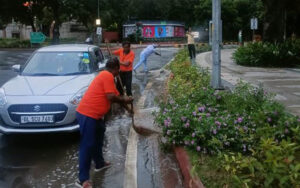TRYST WITH TREES : G20 Aftermath: Maintaining Greenery A Bigger Challenge
By SHRI RAM SHAW
While preparing for G20 Summit in national capital New Delhi, the government started beautification by adding greenery to its urban landscape. For this, colorful lights, fountains and flower pots were placed on the sides of several roads. This made Delhi look very clean and attractive.
Since the Summit is over now, the question arises whether these flower pots and plantations will continue to remain at their places or will they be removed. How long these plants can remain placed at their places?
Though all related departments are making persistent efforts to maintain this beautiful greenery in the city, apart from main routes and roundabouts, they are also planning to remove the flowers from other locations of Delhi which will be placed in the nurseries of these departments.
More than 5 lakh pots were placed in the streets of Delhi, of which, Forest Department planted around 2.5 lakh pots making it the largest contributor. Flower pots were used to decorate the area from the technical area of IGI Terminal to Pragati Maidan. Many public places, roundabouts, main crossroads and area under flyovers were specifically decorated with these plants.
These plants are likely to be removed from the streets and placed in the nurseries of government offices and departments. NDMC has said that the cleanliness and greenery achieved while preparing for G20 Summit will be continued and the gardening and related departments will take care of these plants. Also, the flower pots will be removed from the inappropriate places to avoid any kind of inconvenience during commutation.
Policy Limitations Harming Survival of Transplanted Trees
The Delhi government’s forest department has recently found in an internal audit that the survival rate of transplanted trees in Delhi has dropped significantly after the first year due to several reasons, including limitations in the plantation policy. Tree survival rates are as high as 90 percent one year after transplantation, but drop to 38 percent after three years.
Only 33.33 percent trees survived
Data collected after a preliminary audit in May last year and submitted to High Court showed that of the 16,461 trees transplanted in the national capital in the last three years, only 33.33 per cent had survived. The tree transplantation policy of the Delhi government states that the concerned agencies will have to transplant at least 80 percent of the trees affected by their development works. The benchmark tree survival rate at the end of one year after transplantation is 80 percent. A three-member committee formed to identify the reasons for the poor survival rate conducted site-specific detailed inspections from October to February.
Survival rate after 3 years stands at 38 percent
The survey found that tree survival rate dropped from 90 per cent in the first year to 38 per cent after three years. This is because the maintenance responsibility of the technical agency in charge of transplantation is limited to one year after completion of plantation. In the absence of proper maintenance the trees die.
“In our report submitted to the government, we have recommended changes in the plantation policy so that it is made mandatory for technical agencies to maintain trees for at least three years,” an official said. The three-member committee also found that some project supporters had transplanted the same trees twice, which adversely affected their survival rates. Among the transplanted trees, ficus has the best survival rate (up to 75 per cent) while neem has the worst, almost zero. We are looking into the reasons behind it,” he added.
Development work on 100+ ha of forest area in 15 years
During the last 15 years, development work has been done on about 103.79 hectares of forest area in Delhi. Approval for these development works was given by the Central Government. Development related projects like laying of roads and transmission lines have been done on this land. The Central Government gave approval for this under the Forest Conservation Act 1980.
According to government data, land use of 63.30 hectares of forest area was changed in the year 2022-23 and land use of 21.75 hectares of land was changed in 2021-22. Not only this, about 384.38 hectares (3.84 square km) of forest land is also encroached upon.
According to India State of Forest Report – 2021, the forest area of Delhi is about 195 square km. This is 13.15 percent of the total geophysical area of Delhi of 1483 square km. Out of this, only 103 square km forest area is notified in the government records.
15,090 trees were cut in five years
In response to an RTI filed by environmental activist Vikrant Tongad, it has come to light that from August 2016 to August 2021, an average of eight trees were cut every day in Delhi. A total of 15,090 trees were cut in the city for various projects in these five years, including permissions given to individuals and state and central agencies for their projects.
Some major tree transplantation projects
In the year 2019, permission was taken to cut about 10 thousand trees for Dwarka Expressway. Of these, two thousand were to be transplanted. But about 50 percent of the transplanted trees have dried up due to lack of maintenance.
The environment department has given permission to cut and transplant more than 6,600 trees in the capital in five packages for the construction of Urban Extension Road (UER)-II, also known as Delhi’s Third Ring Road. According to the notification issued by the Environment Department, the National Highways Authority of India (NHAI) will cut 2,314 trees while transplanting 4,365 trees for this project. NHAI has also been asked to deposit Rs 38.07 crore in advance as security deposit for compensatory plantation and maintaining it for seven years. 6,961 trees will be cut on the way to the corridor of Delhi Metro Phase 4, out of which 2200 will be transplanted. In lieu of the cut trees, DMRC will have to plant 34 thousand saplings on 25 hectares of land in Dhulsiras village of Dwarka.
More than 2466 trees have been removed or transplanted for the Central Vista Project.
The State Environment Impact Assessment Authority (SEIAA) approved removal of 2,641 trees for the AIIMS redevelopment project in September 2022. 1,910 trees are to be transplanted while 731 are to be cut.
Permission has been granted to remove or transplant 107 trees due to construction of building at the Common Central Secretariat site in August 2023 and to transplant 96 trees for construction of multi-storey residential building of Western Railway to be built at Arakpur Bagh Mochi.
Programmes and Schemes to Encourage Tree Plantation in Urban Areas
The Ministry of Environment, Forest and Climate Change has taken various initiatives through programmes and schemes that encourages tree plantation including urban areas in the country. The scheme, Nagar Van Yojana (NVY) was launched during the year 2020, for creation of Nagar Vans in urban areas, which promotes urban forestry by involving local communities, NGOs, educational institutions, local bodies, etc.
Besides, the National Mission for a Green India (GIM), under which, in addition to other sub-missions, there is a specific sub-mission for enhancing tree cover in urban and peri-urban areas. Urban forestry is also a permissible activity under the provisions of Compensatory Fund Act, 2016 and the Rules made thereunder. Forestry/tree plantation activities including urban forestry, being a multi-departmental, multi-agency activity, are taken up cross-sectorally under various programmes/funding sources of other ministries/ organizations and also through State Plan budgets.
The tree outside forest (ToF) refers to all trees growing outside recorded forest areas. The patches of 1 ha and above outside the recorded forest area and Tree Cover, both constitute the ToF. As per India State of Forest Report (ISFR), 2015 published by Forest Survey of India (FSI), MoEFCC the Tree Cover is 92,572 sq. km. As per India State of Forest Report (ISFR), 2021 the Tree Cover is 95,748 sq. km. The Forest Survey of India in ISFR, 2021 have done mapping for Forest Cover in Major Mega Cities i.e. Ahmedabad, Bengaluru, Chennai, Delhi, Hyderabad, Kolkata and Mumbai. The total forest cover reported in these seven major mega cities is 509.72 sq. km. Nagar Van Yojana envisages creating a Nagar Van / Nagar Vatika in each City having Municipal Corporation/Municipal council/Municipality/Urban Local Bodies (ULBs) for providing wholesome healthy living environment for the residents and thus contributing to growth of clean, green, healthy and sustainable cities.
The salient features of Nagar Van Yojana are:
(i) Creating green space and aesthetic environment in an urban set up.
(ii) Creating awareness about plants and biodiversity and developing environment stewardship.
(iii) Facilitating in-situ conservation of important flora of the region.
(iv) Contributing to environmental improvement of cities by pollution mitigation, providing cleaner air, noise reduction, water harvesting and reduction of heat islands effect.
(v) Extending health benefits to residents of the city and
(vi) Helping cities become climate resilient.
Under NVY, so far, 385 projects have been sanctioned in the country, since inception of the scheme in 2020.

Committed to beautify Capital
In an exclusive interview with Shri Ram Shaw, Vice-Chairman, New Delhi Municipal Council (NDMC), Satish Upadhyay has said that the Council is committed to enhancing the beauty and vibrancy of New Delhi through various initiatives that benefit its residents and visitors alike.
During and prior to G20 Summit, NDMC did exceedingly well in maintaining aesthetic appeal of Delhi. Now, real challenge lies ahead to upkeep the saplings planted during the mega event. Your take?
Satish: The New Delhi Municipal Council (NDMC) has established a Committee to safeguard G20 initiatives. It has taken a proactive step by forming a dedicated committee. Under this initiative, NDMC has installed a total of 35 fountains in the South and 35 fountains in the North, enhancing the aesthetic appeal of the city. These fountains will now be under the vigilant care of the Executive Engineers, ensuring their proper maintenance and functionality. It has also extended the annual maintenance contract for the fountains within its jurisdiction.
Furthermore, more than 1 lakh potted plants, strategically placed throughout various locations in the NDMC area as part of the G20 beautification efforts, will remain in their designated locations. These plants, which have been meticulously maintained by the Horticulture Department, have contributed significantly to the city’s greenery and overall ambiance.
To oversee and monitor all G20-related projects and initiatives, NDMC has constituted a High-Level Committee. This committee will play a crucial role in ensuring the continued upkeep and proper management of the works undertaken during the G20 summit.
These measures are a testament to NDMC’s commitment to preserving the beauty and grandeur of New Delhi. By forming this committee and extending maintenance contracts, NDMC aims to uphold the legacy of the G20 Summit’s positive impact on the city’s infrastructure and aesthetics. Proper Security management for the upkeep of potted plants are also there in place at prominent locations.
IMD has predicted rain during first week of October. What are your preparations to safeguard those saplings?
Satish: A sufficient number of permanent/ portable pumps have already been installed in all vulnerable locations in NDMC area and round-the-clock field staff is available to clear any blockage during rain. Dedicated employees of the Horticulture department will take care that water will not stagnate in those saplings. If found so, they will instantly clear the pots and locations as done during the G2O Summit.
To facelift the beauty of national capital, what are your future plans as far as horticulture and floriculture is concerned?
Satish: The New Delhi Municipal Council (NDMC) has chalked out a plan to plant 200,000 Tulips enhancing the beauty of New Delhi. Efforts are being made to keep Lutyens’ Delhi colorful during Spring Season.
Anything else more important you would like to share with us in making Delhi a world class capital and best place to live in?
Satish: The New Delhi Municipal Council is committed to enhancing the beauty and vibrancy of New Delhi through various initiatives that benefit its residents and visitors alike. NDMC’s green initiatives also mitigate the urban heat island effect and contribute to the reduction of air and dust pollution.
Target to plant 52 lakh trees this year
All the departments worked together. We planted more than 36 lakh saplings and achieved the target. Aiming to provide a welcoming and memorable experience for the distinguished guests, more than 36 lakh saplings were planted by the government this year to green Delhi before the G-20 Summit. The government has set a goal to plant 52 lakh trees this year as well. About 70 per cent of the target of tree plantation has been achieved. In the past three years, 1.18 crore seedlings were planted. As far as botanical makeover is concerned, the Forest Department planted flower pots on different roads of Delhi, such as Dhaulakuan to Mehram Nagar, Mehram Nagar to Technical Area of Airport, Technical Area to Thimaya Road/Parade Road, Bhairon Marg, Bhairon Marg to Delhi Gate, Delhi Gate to Rajghat, Rajghat to ITO to Bhairon Marg, and more.

Development at the expense of trees may prove costly
Even though a dense cover of greenery is visible in the National Capital Region (NCR), the conditions in the name of plantation are not good. Not even a third of the trees are survived in the name of transplantation, but in the name of starting the scheme, trees are cut or they are asked to plant them somewhere else. The idea of planting 10 trees instead of removing one tree proves to be just a ‘green talk’ on paper. There is no justification for cutting trees from Delhi and planting them in NCR. There is a Forest Department in Delhi, but it neither has adequate staff nor the necessary arrangements. Increasing green area, forest and tree conservation seem to be more likely on paper. It’s ironical that if someone needs permission to cut a tree in Delhi, s/he will easily get a separate link for the application on the website of the Forest Department and will get the permission within ten days. But, if you want to save a tree being cut somewhere, you will hardly get any help.


